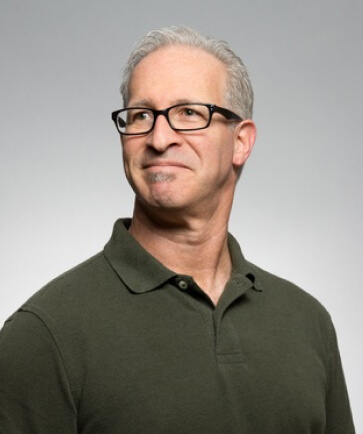Midnight Cowboy opened in theaters on May 25, 1969. It was groundbreaking, and it reinvented the very fabric of American cinema. Retrospective of John Schlesinger’s Academy Award-winning film which broke ground. It went on to be the first and only X-rated film to win the Oscar for Best Picture. Dustin Hoffman and Jon Voight give two of the greatest performances in film history in Midnight Cowboy. This film succeeded not only in garnering each actor Oscar nominations, but in defining the New Hollywood movement.
Made on a relatively small budget of just $4 million (£3 million), Midnight Cowboy was a runaway hit. It went on to gross ten times its modest budget and became the third highest-grossing film of 1969. The film, adapted from James Leo Herlihy’s 1965 novel, tracks the odyssey of an out-of-his-depth hustler played by Jon Voight. As he sails through his inner turmoil, he develops a mostly hostile yet comedic friendship with a hustler Rizzo played by Dustin Hoffman.
One casting decision—Jon Voight—almost surprised Schlesinger himself, who had originally passed on Voight for the role. But it was casting director Marion Dougherty that fought to get Voight cast, and ultimately did. This choice turned out to be a key decision in the cinematic success of the film.
Hoffman studied for his role by using unorthodox techniques. Famed for going so far as to put a stone in his shoe to develop a limp that would lend texture to his character. This precision in performance went deeper than just physicality. Hoffman acknowledged some inconsistencies in his portrayal.
“I did have problems with it as I now see the movie,” – Dustin Hoffman
In addition to evocative character animation, the film’s music contributed heavily to its emotional impact. Schlesinger was famous for cutting in music very early on. He noted,
“I always put music on at a very early stage in the cut.”
Because Nilsson’s rendition of “Everybody’s Talkin’” so perfectly captured the film’s dreams versus reality themes and tone. Take a look back with Schlesinger at the moment they first presented it to the film moguls.
“My God, where did you get that song from? It’s so terrific,” – United Artists executive
The cultural influence of Midnight Cowboy was deep and wide. For its cultural, historical, or aesthetic importance to our country’s cinematic heritage, it was the first feature film personally chosen for preservation by the Library of Congress in 1994. The film didn’t just push the boundaries of possible subjects in a romance — it was addressing widely seen as taboo issues in general. It inspired a revolution in Hollywood storytelling and activism.
Schlesinger had a difficult time during the film’s production. He remembered pitching the film to executives who were rather unexcited by the film’s atypical story arc.
“Recently I was having dinner, amongst the guests was the head of Columbia [Pictures] and I tried out just a precis, just the dramatic points of the story. And I said, ‘If I brought you that, would you do it?’ And he said, ‘Absolutely no way, I’d show you the door,’” – Schlesinger
Hoffman said he thought Voight’s role was much harder than his own so he would have an even higher admiration for him.
“But my own feeling is that Jon Voight’s part was far the more difficult role in Midnight Cowboy because it was somehow a little more foggy,” – Dustin Hoffman
Midnight Cowboy succeeded in pushing against societal norms, but may have succeeded most by charting a course for other filmmakers to follow. Its unfiltered representation of companionship, hopelessness, and existence struck a chord with viewers, establishing it as an enduring masterpiece.



Leave a Reply